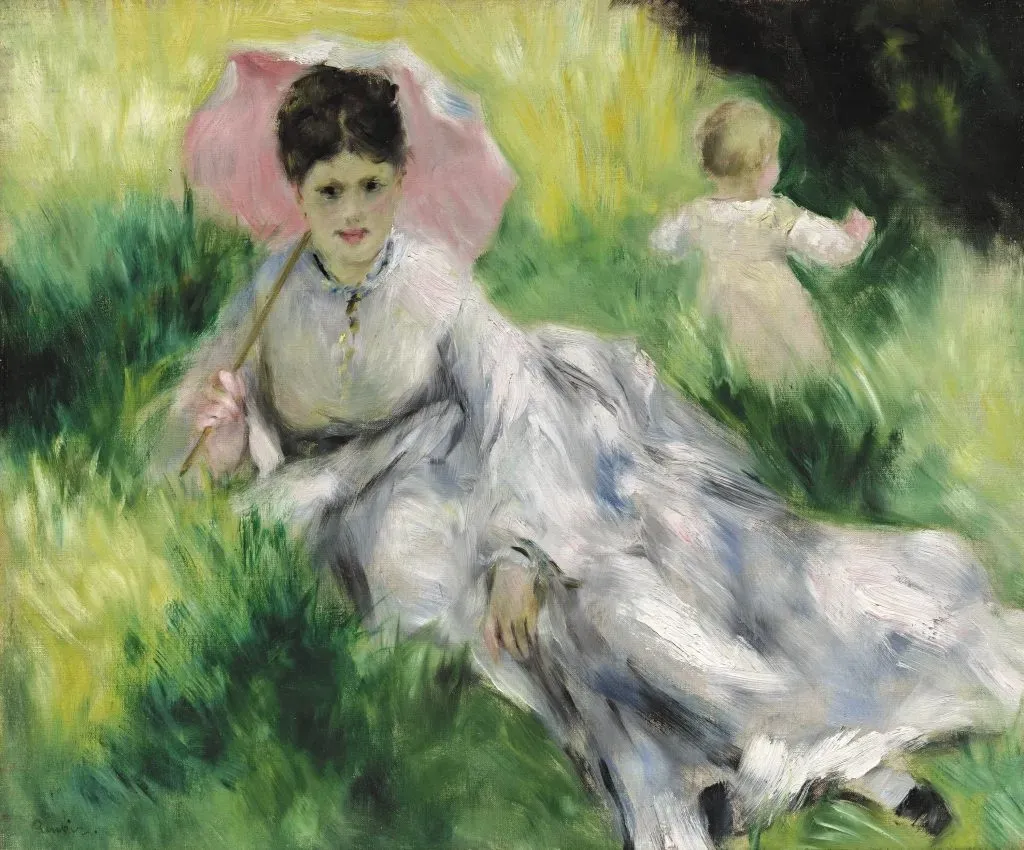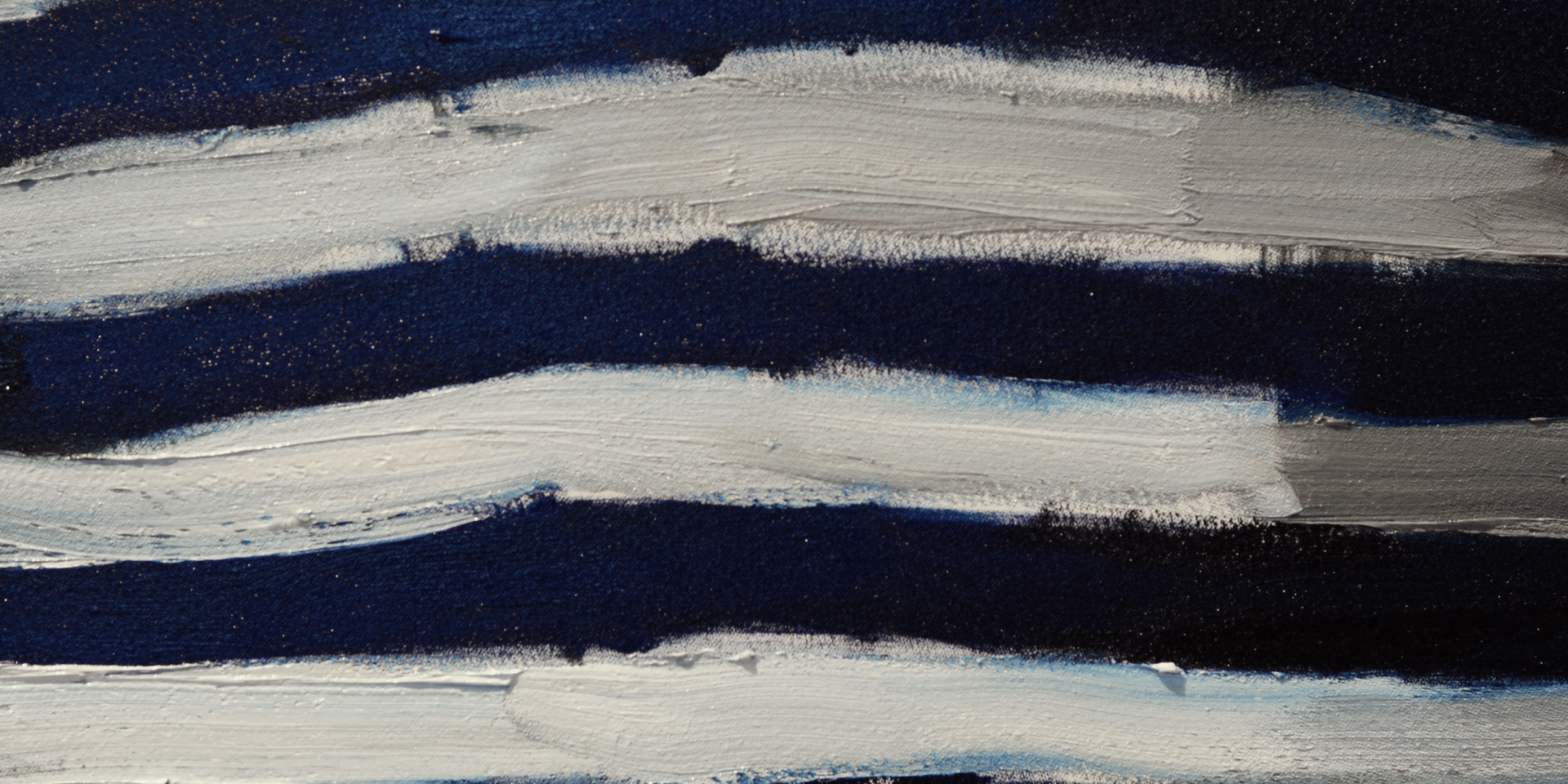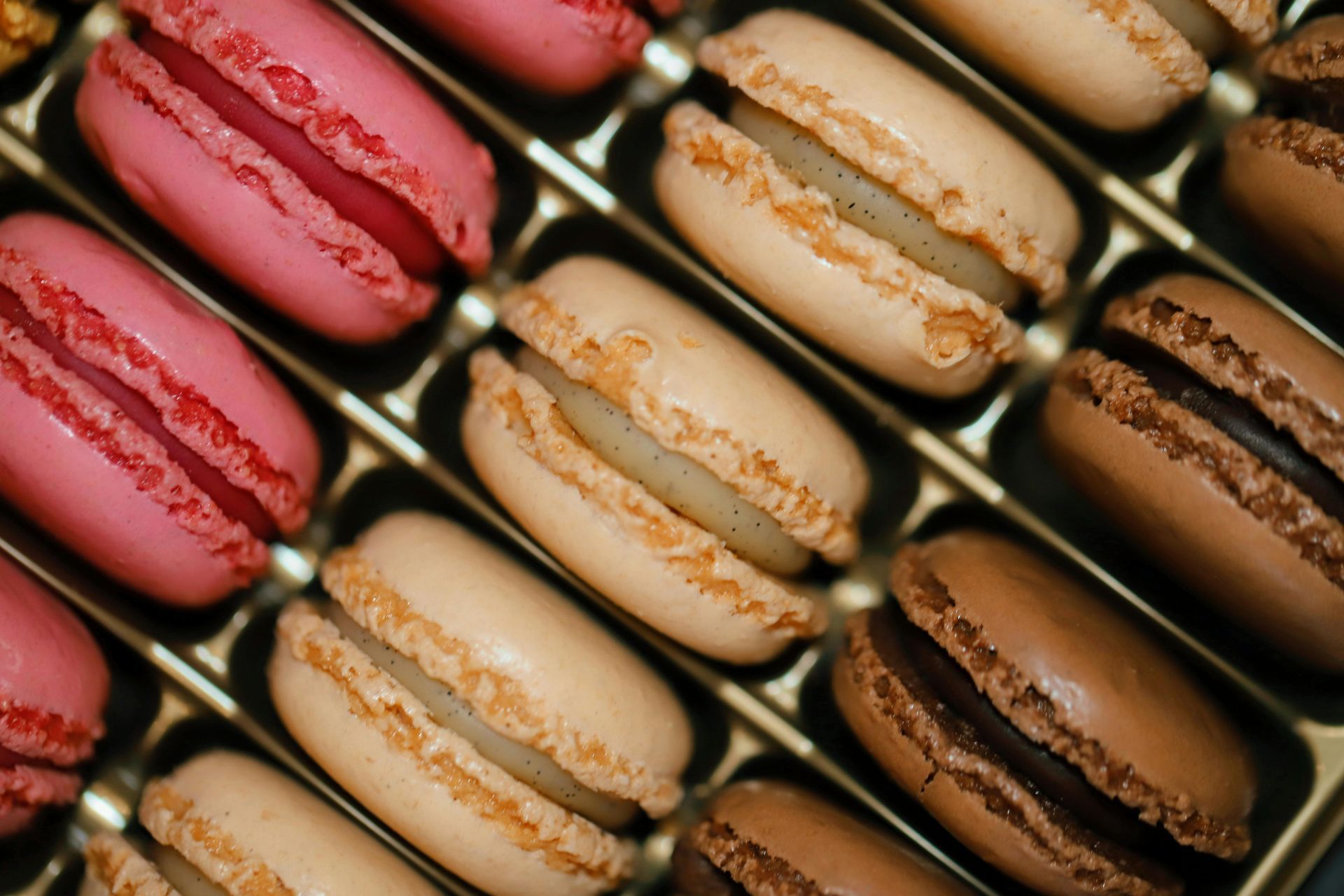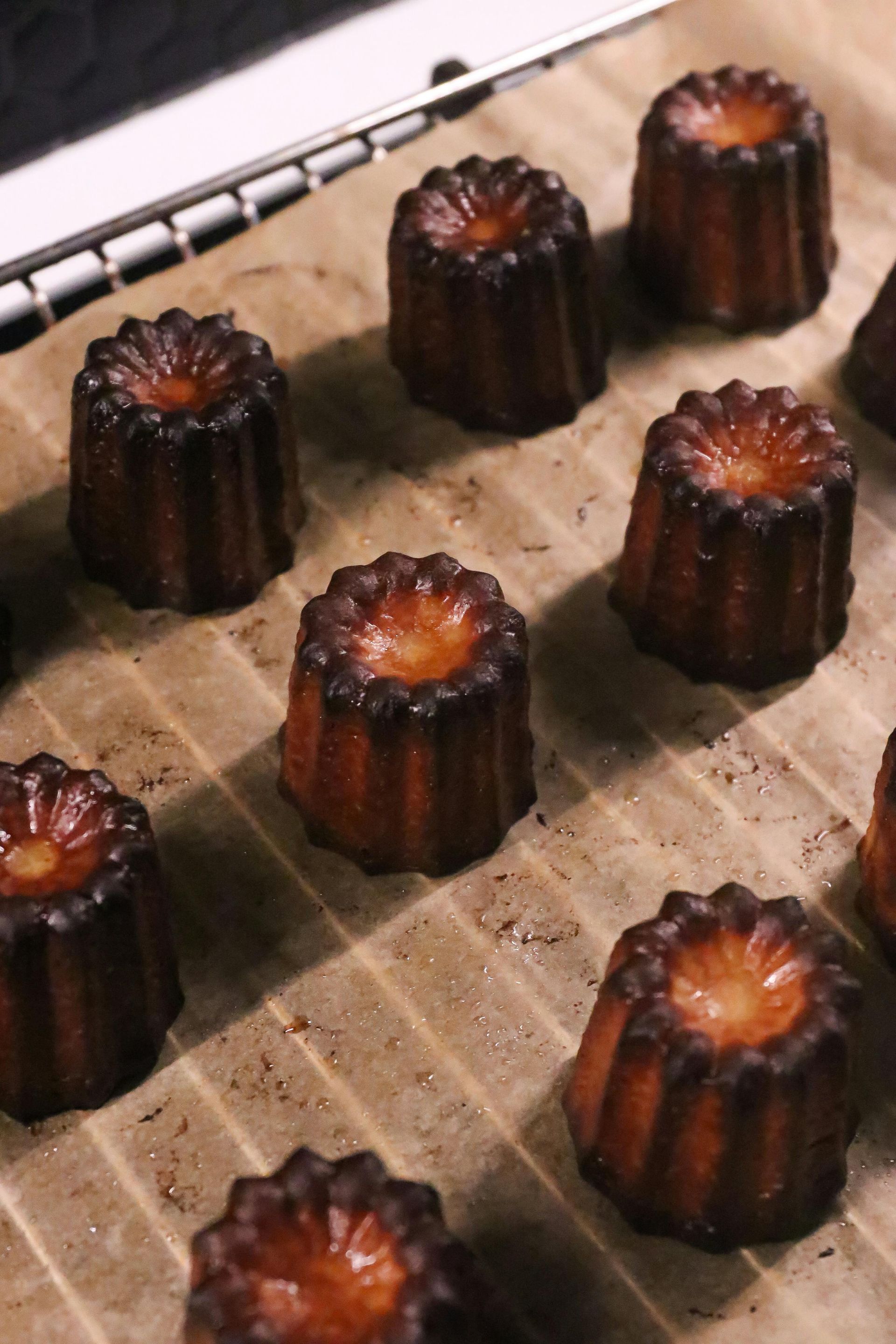Rediscover Monet and the French Impressionists at the National Gallery of Victoria This Winter
This is a subtitle for your new post

Pierre Auguste Renoir
French 1841–1919
Woman with a parasol and small child on a sunlit hillside, c. 1874–76
oil on canvas, 47.0 x 56.2 cm
Museum of Fine Arts, Boston
Bequest of John T. Spaulding
Photography © Museum of Fine Arts, Boston. All Rights Reserved
There was palpable excitement amongst viewers as I entered the first room of the French Impressionism exhibition at the National Gallery of Victoria (NGV). Yet, you may wonder what this current Melbourne Winter Masterpieces exhibition might offer the viewer that hasn’t been seen before. I can assure you the NGV’s exhibition will help you rediscover the radical nature of paintings by Claude Monet and the French Impressionists and the extraordinary colour and beauty of their paintings. The exhibition features more than 100 masterpieces from the Museum of Fine Arts Boston, whose collection of French Impressionist paintings is one of the finest in the world.
French Impressionism in Context
The revolutionary nature of French Impressionism is best understood by looking at the paintings that came before it. French Impressionism begins by presenting some of the painters whose work led the way to a new way of painting. These painters include Eugene Boudin, who advised Monet to ‘Appreciate the sea, the light, the blue sky’. Boudin painted canvases in which most of the composition was filled with the sky, and with a freedom of brushstroke which Monet grew to become famous for. Of equal influence is Charles-François Daubigny who stated ‘I try to paint as directly and rapidly as possible what I see and feel’. Their approach contrasts with the academic approach of historical painting which focused on themes such as myths and gods.
A Beautifully Curated Exhibition
The French Impressionism exhibition has been wonderfully curated to help the viewer understand that the painters were trying to convey the way they experienced nature. The hallways that connect each exhibition space are dark with dappled lighting, highlighting the kind of effects the Impressionist painters were trying to achieve. Moreover, music plays in the background to focus the viewer’s attention on their sensory experience of the space, just as the Impressionists did through their artwork.
A highlight of the exhibition is seeing how the various Impressionists and the painters who preceded them responded to each other’s work. Furthermore, the NGV demonstrates how the Impressionist movement developed through their various efforts to forge a new way of seeing and painting.
Monet’s Garden
The final room is an homage to Monet’s paintings. In a round room reminiscent of the famous oval rooms at the Musée de l’Orangerie in Paris, this stunning space accentuates the vibrant colour of Monet’s work. A personal highlight is ‘The Waterlily Pond’ with its unexpected juxtaposition of red and green brushstrokes. Monet painted this canvas with a sense of freedom and extraordinary energy. You may, in fact, recognise the setting, as this painting depicts Monet’s own garden at Giverny.
Monet’s Water Lilies
Lastly, Monet’s ‘Water Lilies’ bids you farewell. This is painted in a style quite different from ‘The Water lily Pond’: it has vast areas of seemingly empty space depicting the reflective surface of the pond, juxtaposed with small areas of the painted water lilies. This visual meditation on nature is radical in composition and style compared to the painting that preceded it.
Book now!
Make sure you book your ticket to see this exhibition! Entry is timed to ensure you have space and time to enjoy it.
Melbourne Winter Masterpieces 2021 French Impressionism: From the Museum of Fine Arts, Boston
4 June – 3 October 2021 NGV International
Purchase tickets at www.ngv.vic.gov.au










